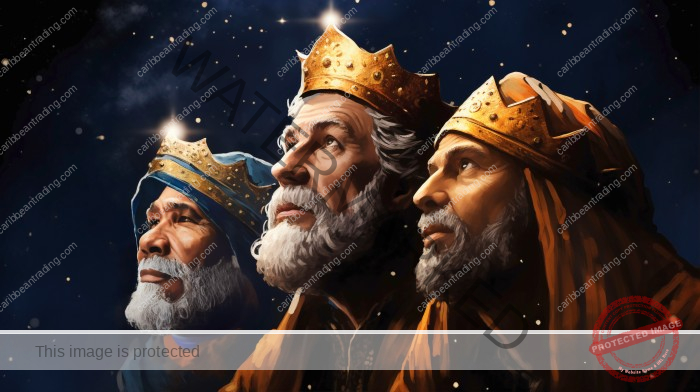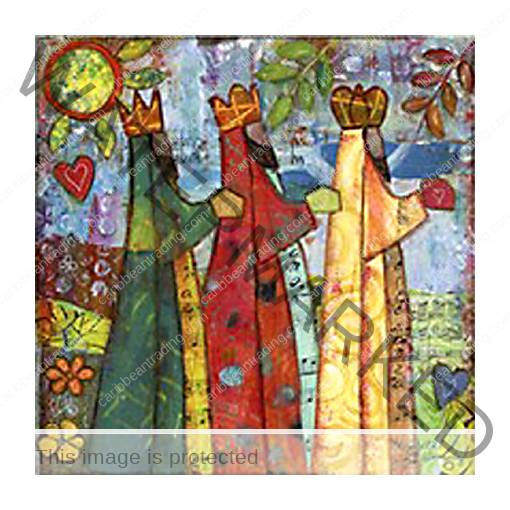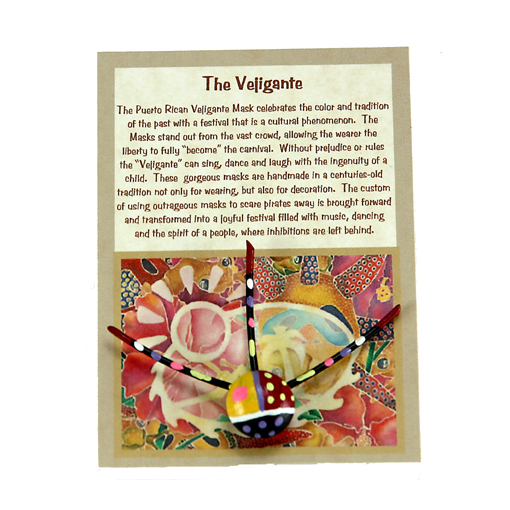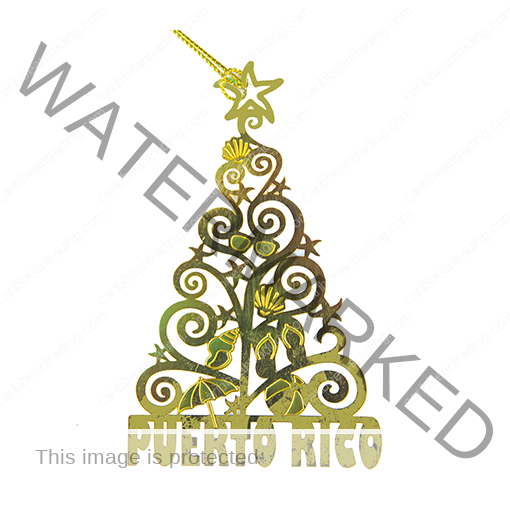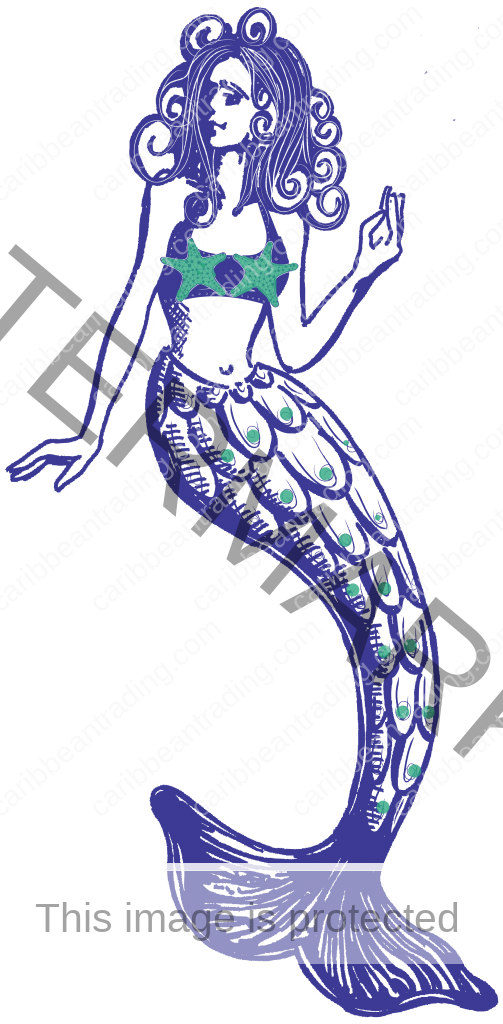Caribbean History
The History of Puerto Rican Three Kings Day
In Puerto Rico, Three Kings Day, or “Día de Reyes,” is a cherished holiday that symbolizes both religious devotion and cultural heritage. The day, which falls on January 6th, marks the arrival of the Three Wise Men, or “Los Tres Reyes Magos,” to present gifts to the infant Jesus. Although this day is celebrated across Latin America and other parts of the world, Puerto Rico has its own unique way of honoring this tradition.
Origins and Religious Significance
The roots of Three Kings Day lie in the biblical account of the Epiphany, a Christian feast day commemorating the visit of the Magi to the newborn Jesus. The Wise Men, often identified as Melchior, Gaspar, and Balthazar, followed a star to Bethlehem, bearing gifts of gold, frankincense, and myrrh. This event symbolizes the revelation of Jesus as the Son of God to the Gentiles.
For centuries, the Epiphany has been celebrated in many countries around the world. In Puerto Rico, the observance of this day has evolved over time, blending religious practices with local customs and folklore, making it a deeply cultural celebration. The day holds a particular significance in Puerto Rico, as it is not just a religious occasion, but also a time for family gatherings and festive activities.
Cultural Integration and Evolution
The celebration of Three Kings Day in Puerto Rico is believed to have been introduced during the Spanish colonial period. As the Spanish brought their Catholic traditions to the island, they also brought the practice of celebrating the Epiphany. However, over the years, Puerto Ricans have added their own spin to the festivities, incorporating elements of indigenous Taíno culture and African influences, which have become an integral part of the island’s heritage.
In Puerto Rico, Three Kings Day marks the culmination of the Christmas season. The island’s holiday season traditionally begins in early December with parades, festivals, and a series of Christmas-related events, but it peaks with Three Kings Day, bringing the celebrations to a close with fanfare and reverence.
Celebration Traditions
One of the most important customs associated with Three Kings Day in Puerto Rico is the “parranda,” a form of caroling that involves groups of friends and families going door-to-door singing traditional songs and spreading joy. These parrandas are a key part of the island’s Christmas festivities, with the songs often focusing on the arrival of the Three Kings. The carolers, or “parranderos,” are greeted with food, drinks, and sometimes even small gifts, creating a sense of community and togetherness.
On the night of January 5th, children across Puerto Rico eagerly prepare for the arrival of the Three Kings. They place grass, hay, or small boxes under their beds as offerings for the camels of the Wise Men. In return, the Three Kings are said to leave gifts, similar to the tradition of Santa Claus in other parts of the world. Children often receive toys, candy, and sometimes money, further deepening the excitement surrounding the holiday.
In addition to these customs, many Puerto Ricans observe religious rituals on January 6th. Families attend mass, where the story of the Magi is recounted, and special prayers are offered. The celebration also includes festive meals, with traditional dishes like arroz con gandules (rice with pigeon peas), lechón (roast pork), and pasteles (a type of tamale). These meals are enjoyed in the company of loved ones, adding to the sense of togetherness that defines the day.
If you’re enjoying your holidays during this period, be sure not to miss it! Many hotels and resorts have festivals and celebrations for it too! You can enjoy a nice cocktail at the pool, dance at parties or play at the casino (or from the comfort of your room, with online casino best payouts), all of this during the Three Kings Day!
The Influence of Afro-Caribbean and Taíno Culture
Puerto Rican Three Kings Day is not only a religious observance but also an expression of the island’s rich Afro-Caribbean and Taíno heritage. The influence of African traditions can be seen in the music and dance that accompany the celebrations. Drumming, a central element in African cultural expression, is a prominent feature of the festivities. In addition to the traditional Christmas carols, Puerto Ricans often play bomba and plena music, both of which have African roots, during the holiday season.
The Taíno, the indigenous people of Puerto Rico, also contributed to the customs of the holiday. Their connection to the land and their agricultural practices are reflected in the offerings left for the Three Kings. The use of hay or grass as gifts for the camels is said to have been inspired by the Taíno tradition of leaving food for the animals that helped with farming and transportation.
The Importance of Family and Community
Above all, Three Kings Day in Puerto Rico is a family-oriented celebration. It is a time for reunions, where extended families come together to share meals, exchange stories, and celebrate their cultural identity. It is also a day for children, who eagerly await the arrival of the Three Kings and the gifts they bring.
Community celebrations are widespread, with parades and street festivals being common in towns and cities across the island. In San Juan, the capital, large-scale events take place, featuring music, dancing, and a reenactment of the Three Kings’ journey. These public celebrations allow people of all ages to partake in the joy of the holiday and experience its rich traditions firsthand.
Día de Reyes in Modern Times
Although the religious and cultural traditions surrounding Three Kings Day have remained strong, the holiday continues to evolve in modern Puerto Rico. As with many other celebrations, commercial influences have seeped into the observance of Día de Reyes, with stores offering sales, and the media promoting the holiday as a time for gift-giving. However, the essence of the holiday—its focus on family, community, and cultural pride—remains unchanged.
In recent years, there has been a renewed interest in preserving traditional Puerto Rican customs, including those associated with Three Kings Day. Efforts to teach younger generations about the significance of the holiday, as well as the importance of maintaining cultural practices, are underway in schools and through community organizations.
Conclusion
Three Kings Day in Puerto Rico is more than just a religious observance; it is a celebration of the island’s diverse heritage and the enduring importance of family and community. From the parrandas that fill the streets with music to the gift-giving traditions that bring joy to children, the holiday continues to play a vital role in the cultural life of Puerto Rico. As it has done for centuries, Día de Reyes brings people together to honor a shared history, fostering a deep sense of pride and belonging that transcends generations.


